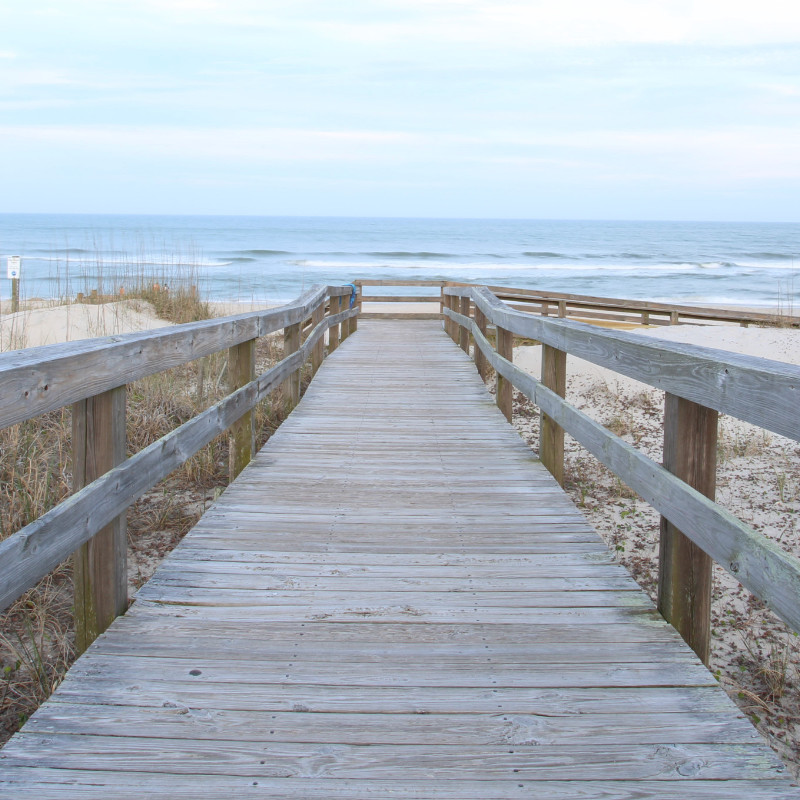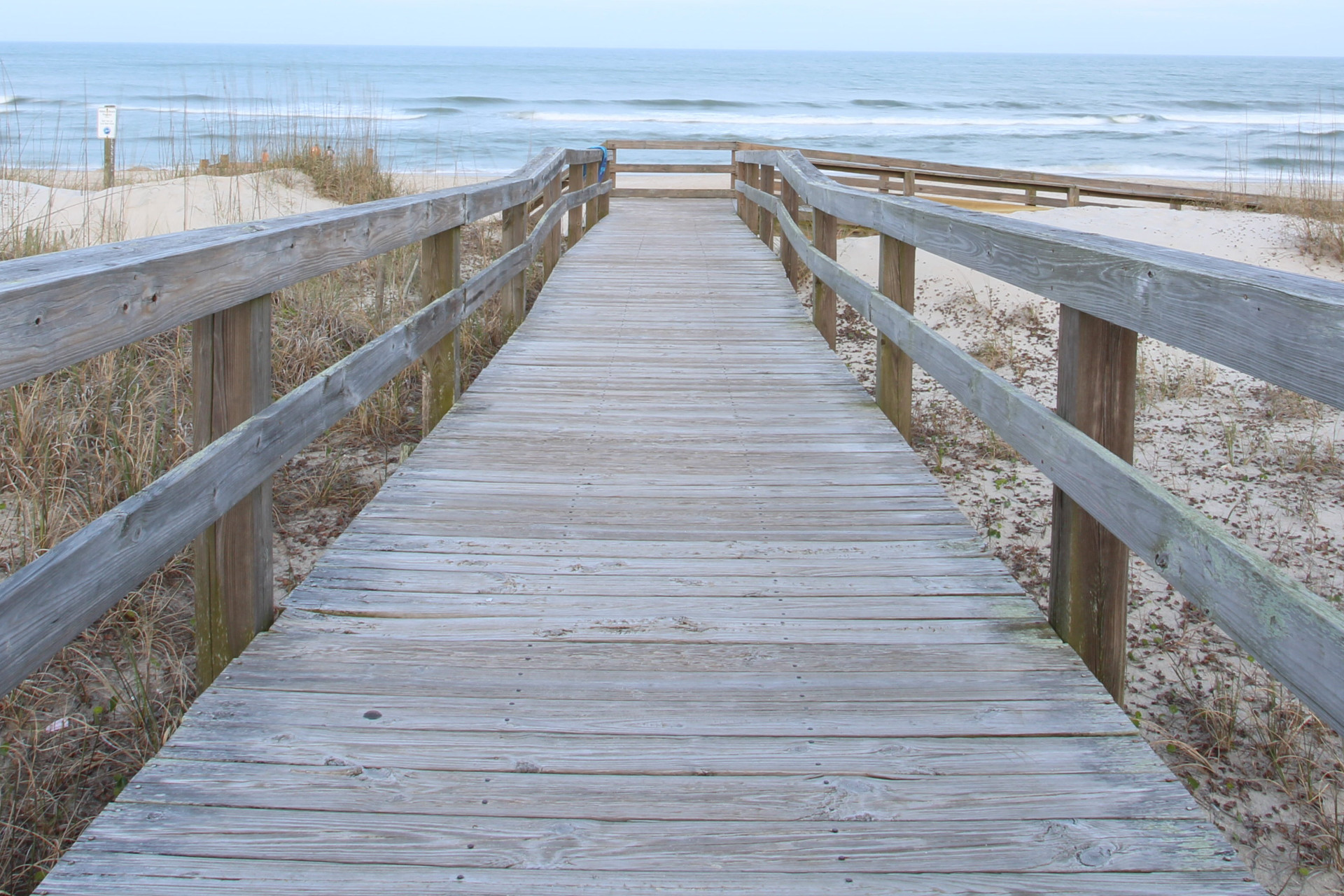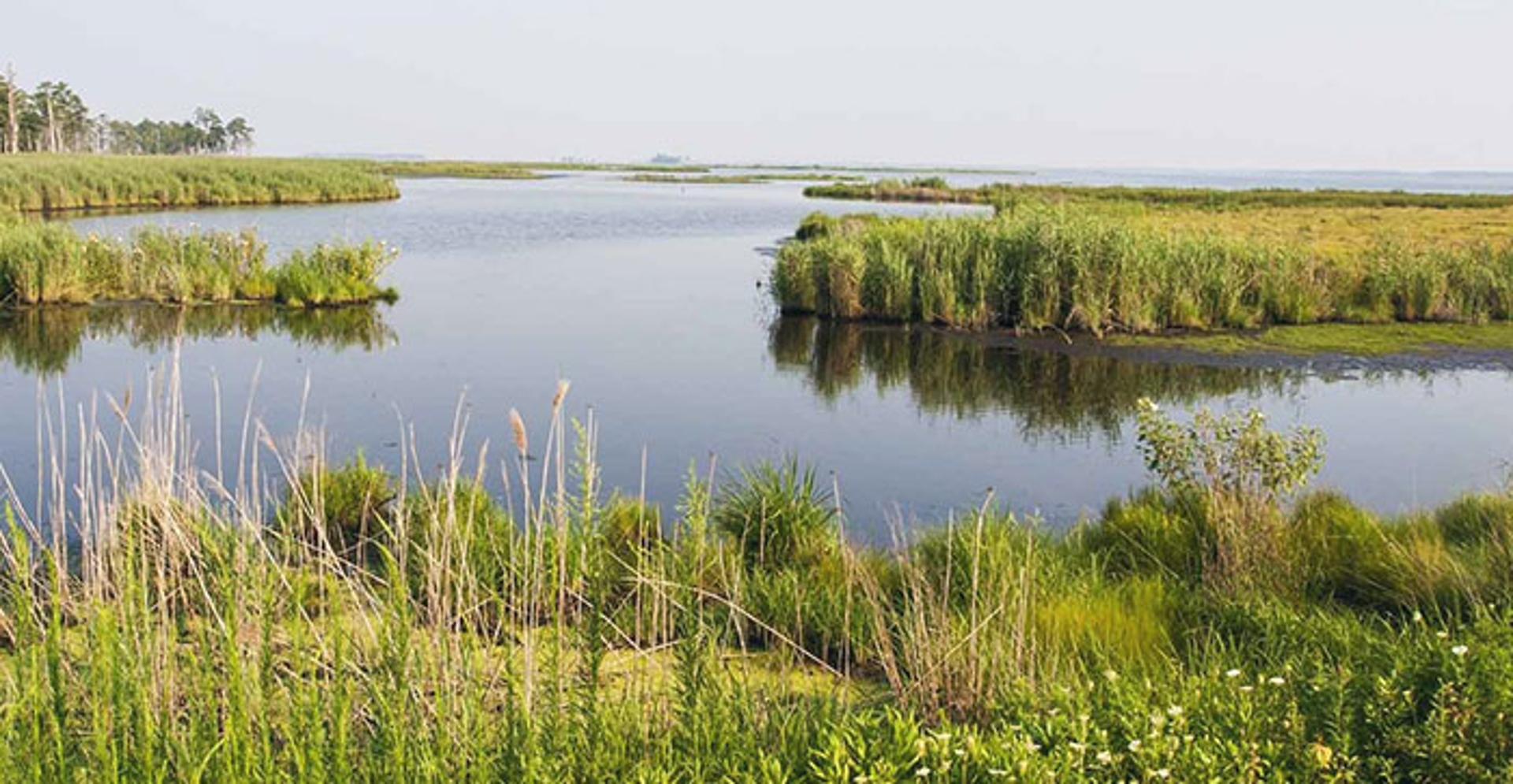13
Nov 2019
By Kathi Ferguson
It is November at Blackwater Wildlife Refuge. Ospreys have migrated South, autumn colors begin to peak, tundra swans from Northwest Canada arrive, and an abundance of ducks and geese make this magical place their winter home. It is also when bald eagles come in from the North, while those in residence tend to their nests high in the loblolly pines.
Established in 1933 as a waterfowl sanctuary for birds migrating along the Atlantic Flyway, Blackwater National Wildlife Refuge is located in the heart of Dorchester County, Maryland. The name “blackwater” comes from the tea-colored waters of local rivers, which are darkened by the tannin that is picked up as the water drains through the peat soil in the marshes. The refuge contains one-third of Maryland’s tidal wetlands, providing an amazing amount of plant and animal diversity in its three major habitats–forest, marsh, and shallow water. No wonder it is often referred to as the “Everglades of the North”.
Perhaps one of the highlights at the refuge this time of year is witnessing the Snow Geese take flight. These white-bodied geese, with distinctive black wingtips, roost and bathe along the shorelines and open water at Blackwater. They are known to fly as far south as Texas and Mexico during winter, and return to nest on the Arctic tundra each spring. Not fond of traveling without the company of others, Snow Geese can form flocks of several hundred thousand! Catching them in flight takes some patience, but it is well worth the wait. At any given moment, they will burst into the air, swirling and drifting, steady on the wing, seeming to blanket the sky in white. And do they make a racket! Possibly the noisiest of all waterfowl, their one-syllable honk can be heard loud and clear and given at any hour of the day or night.
The wonders of Blackwater go beyond birds and waterfowl. Open water habitats support a variety of plant and animal life. Its forested habitat is dominated by mixed hardwoods and pine, with some of the most important trees being the oaks–a life support system for many animals. Acorns are eaten by several species, including deer, quail, rabbits, foxes, raccoons, turkey, and, of course, squirrels. In fact, the Delmarva Peninsula fox squirrel thrives in these forests. Once on the endangered species list, this large tree squirrel remains a rarity on the Eastern Shore, with Blackwater refuge hosting the largest natural population.
Interestingly, areas of Blackwater National Wildlife Refuge were once part of the landscape where Harriet Tubman was born and raised. This remarkable woman’s heroic actions helped many slaves escape to freedom using the secret network of people and sites known as the Underground Railroad. Born into slavery in 1822, Tubman actually spent her childhood working on farms that border, or lie within the boundary of the refuge. The Harriet Tubman Underground Railroad State Park, which opened in 2017, is located adjacent to the refuge and offers exhibits, programs, and special activities.
Flora or fauna, waterfowl or wildlife, Blackwater National Wildlife Refuge is a beautiful place to experience Delmarva’s rich history and amazing coastal environment.
Blackwater Wildlife Refuge is located approximately 12 miles south of the town of Cambridge on the Eastern Shore of Maryland. The Visitor Center is open from 9am to 4pm daily, except for Thanksgiving Day and Christmas Day.






